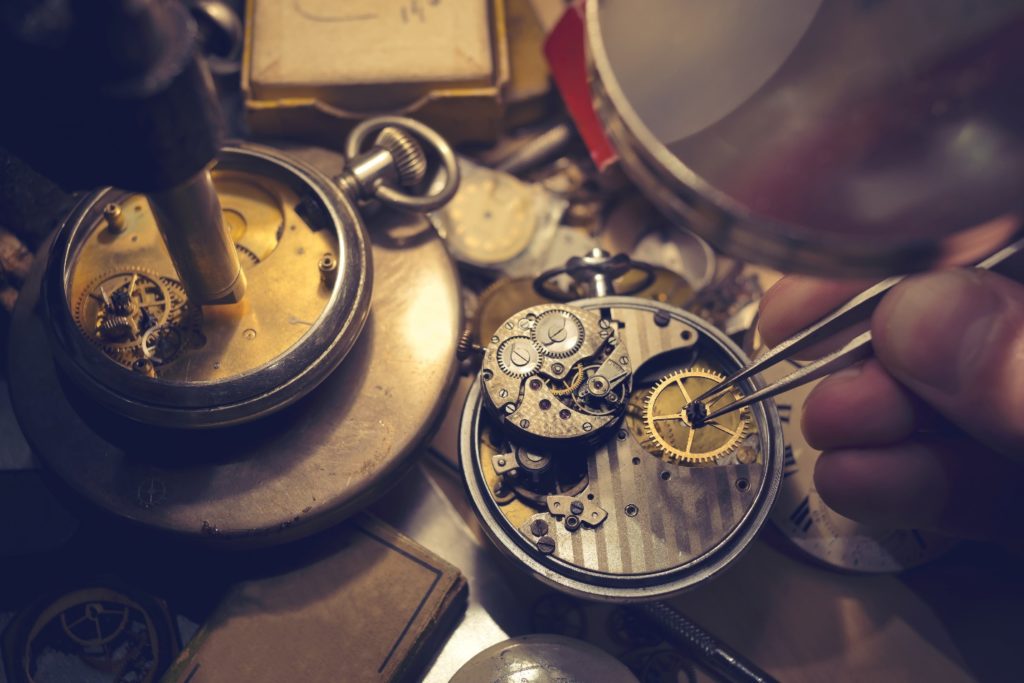History of Watches – Timepieces Through the Ages
Did you know that watches were originally worn for decorative purposes – as jewelry, not for the ability to tell time?
Keeping track of time has been a necessary ability of human civilization for a long time. In fact, the current system based on 60 seconds, minutes, has been in use for 4000 years since the Sumerians!
Ancient devices for the tracking and measuring of time include candle clocks, sundials, and of course hourglasses. There were numerous ways to track time before the modern spring and gear contraptions saw use. Ancient Egyptians used large obelisks as essentially sundials to tell the amount of daytime that had passed or remained.
Nuremberg Eggs
The first timepiece meant to be worn, what we might call a watch, was made in the 16th century in Germany. The man most often credited with the creation of the watch is Peter Henlein of Nuremberg. He developed the timepiece to be worn as a pendant. This became possible because of the invention of the ‘mainspring.’ During the early 16th century these pieces were all put together and worn either fastened to clothes or on a chain about the neck. These pieces were usually large cylindrical boxes, several inches thick, or took on a cylindrical shape and were called Nuremberg Eggs.
Here’s the most important thing. Those watches? Terrible for telling time! They needed to be wound twice a day and would frequently be off by hours. These, despite being marvels of new technology were absolutely useless as accurate clocks and they were worn for jewelry.
Pocket watch
The styles changed, as they always do, and watches soon began to be worn in pockets rather than dangling as pendants. This change is said to have taken off with Charles II of England introducing waistcoats in 1675. This change to pockets was a good one, as watches were terribly prone to damage from exposure to elements. A further improvement came in 1610 when glass was used to cover the watch faces.
Further improvements were focused on mastering the mainspring. Following the mid 1600’s advancements in watch movements came periodically. Additions of new levers, springs, and other components created more reliable devices.
Wrist Watch
Wrist watches, believe it or not, were from the beginning a style for women while men continued to use pocket watches up through the early 20th century. Men first began to wear watches in military service towards the end of the 1800’s due to the impracticality of checking a pocket watch in battle.
As military tactics began moving to tightly coordinated actions, the necessity of watches picked up even more and so through the many wars of the 19th century up through the first World War, a huge market was being created for men’s wrist watches.
Modern Day
Through the rest of the 21st century watches continued to improve. In the fifties watches began to operate using electricity, then quartz, then radio signals. In 2013 the first Atomic Watch was released. These operate off an internal atomic clock, meant to keep accuracy of one second every 1000 years. Now people are making smart watches that connect to phones, computers and other devices!
Watches have become so much more than just the fashion statements they originally started as.
Fun Fact:
The wristwatch was supposedly first made in 1810 by Abraham-Louis Breguet for the Queen of Naples!
We hope you enjoyed this brief overview of the history of watches and their uses, from simple decoration to timepiece.



